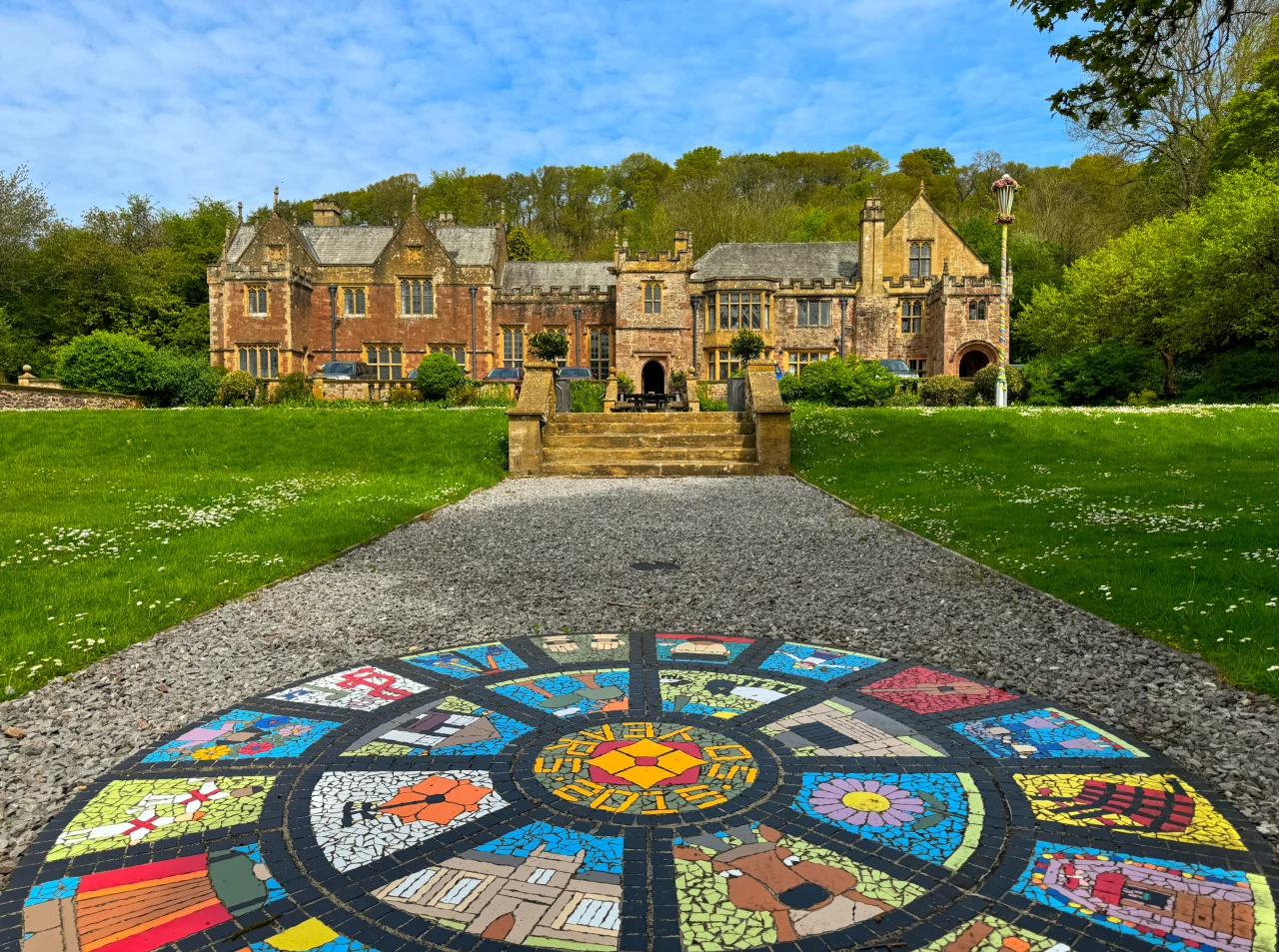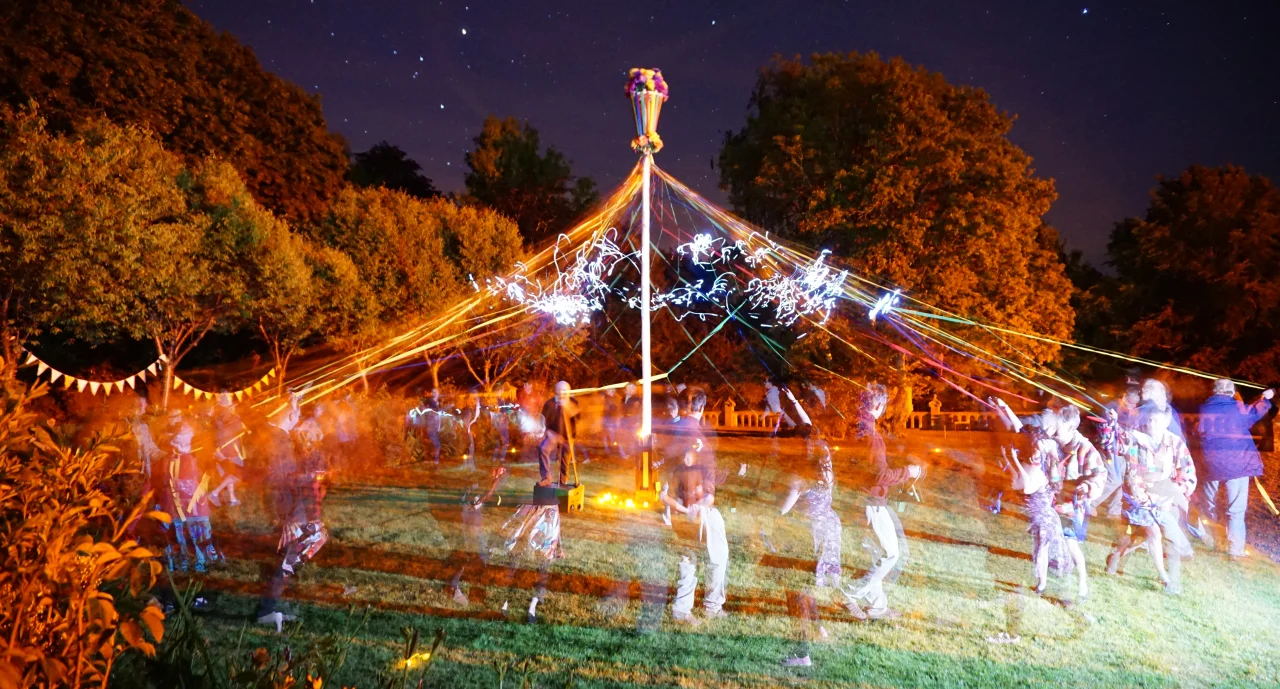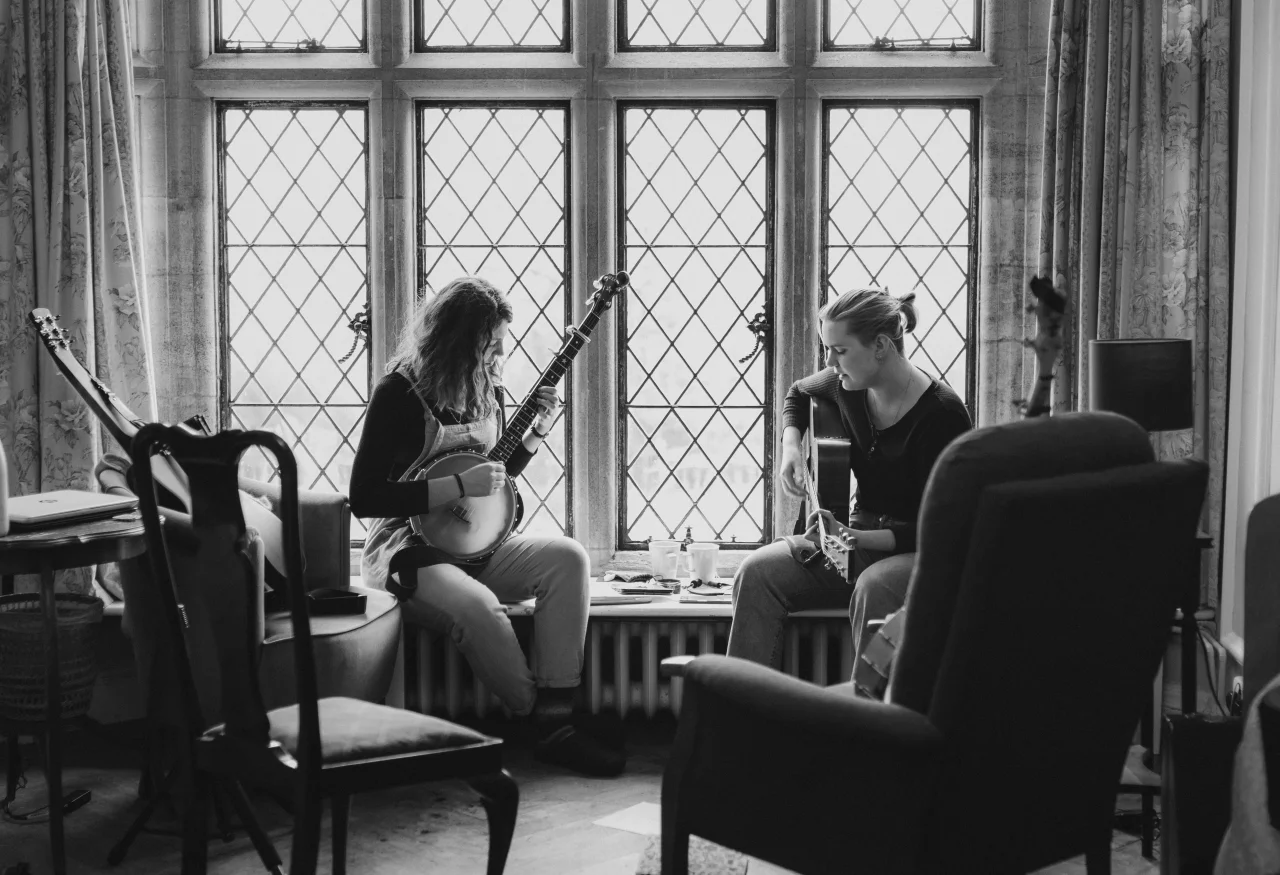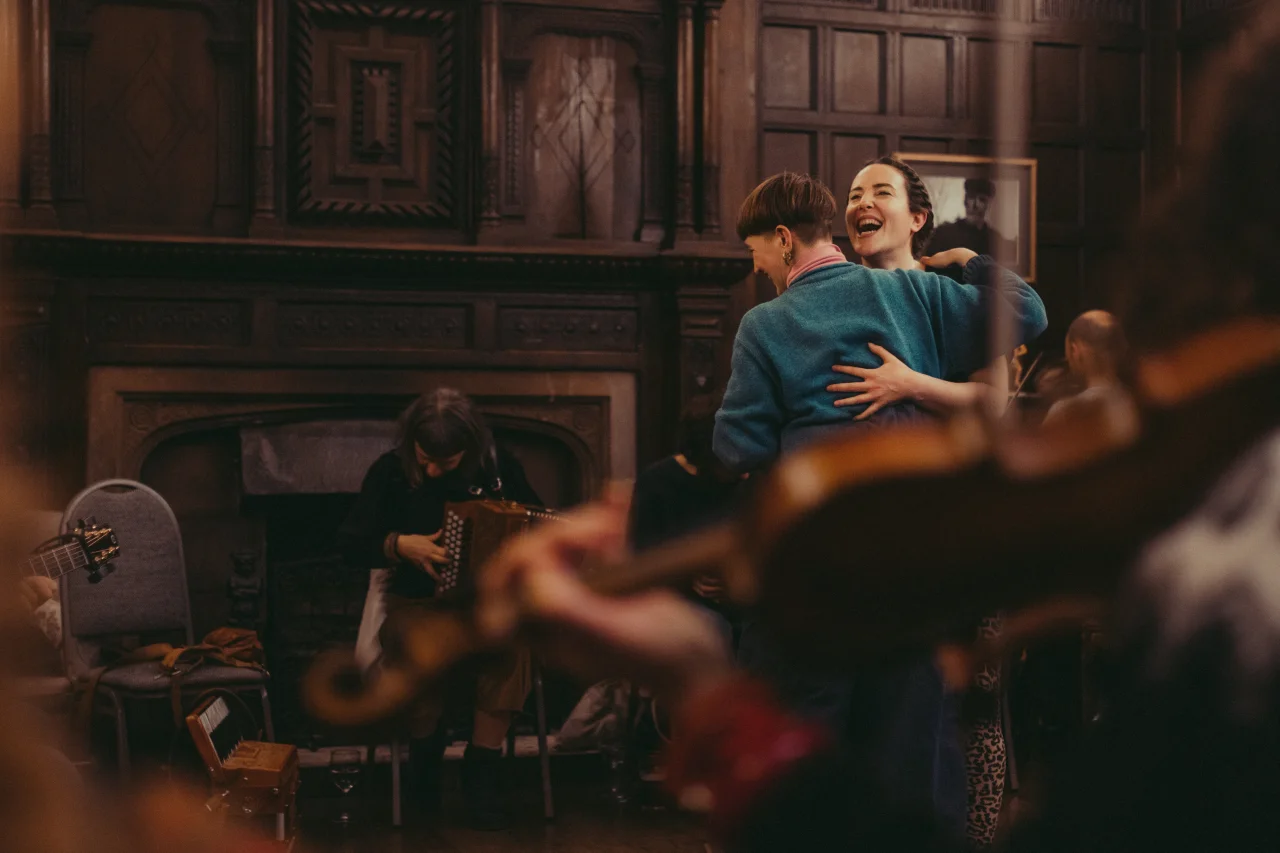Welcome to Halsway
Nestled at the foot of the idyllic Quantock Hills, Halsway Manor offers inspiring residential courses in traditional folk arts and nourishing creative retreats





Nestled at the foot of the idyllic Quantock Hills, Halsway Manor offers inspiring residential courses in traditional folk arts and nourishing creative retreats